
Colonial Africa in Official Statistics, 1821–1953
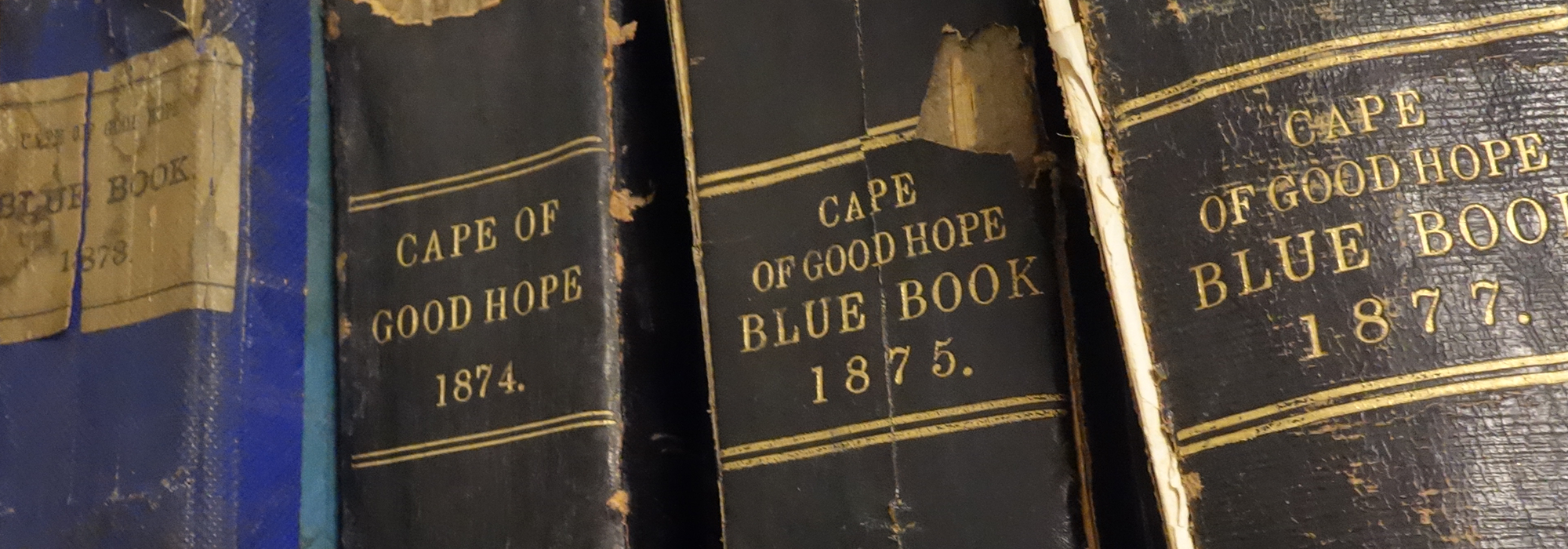
African Blue Books, 1821–1953
The colonial Blue Books provide us with information that forces us to rethink the historiography and legacies of settler colonialism in AfricaLund University
Access the full collection
Access the full archive of Colonial Africa in Official Statistics, 1821–1953.
Institutional Free Trial
Start your free trialRegister for a free 30-day trial of Colonial Africa in Official Statistics, 1821–1953, for your institution.
Institutional Sales
Visit Sales PagesellFor more information on institutional access, visit our sales page.
Single User License
Purchase a license below to view the full collection.
Already have a license? Sign in.
Study over a century of British colonial rule in Africa through government statistics

The so-called “Scramble for Africa” that occurred during the late nineteenth century involved European powers carving up the continent. The United Kingdom controlled the largest portion of territory. British colonial regulations required each colony to submit a “Blue Book” to the Colonial Office on an annual basis. The aim was to standardise statistical reports, primarily those relating to economic development, as well as demographic, ecclesiastical, and public records.
This collection contains Blue Books and other archival material from thirteen British colonies and protectorates in Africa compiled during the period 1821–1953. The standardised nature of the Blue Books allows for comparisons to be drawn geographically (i.e. between colonies) and over time on issues and trends such as the slave trade, economic policy, education, and public health.
The materials are accompanied by two contextual essays. One of these is by Professor Erik Green. His essay surveys European settler agriculture and the exploitation of local labour in colonial Africa. The accompanying essay was written by Dr. Felix Meier zu Selhausen. This piece explores the origins and consequences of Christian missionary activities throughout Africa.
Contents

Highlights
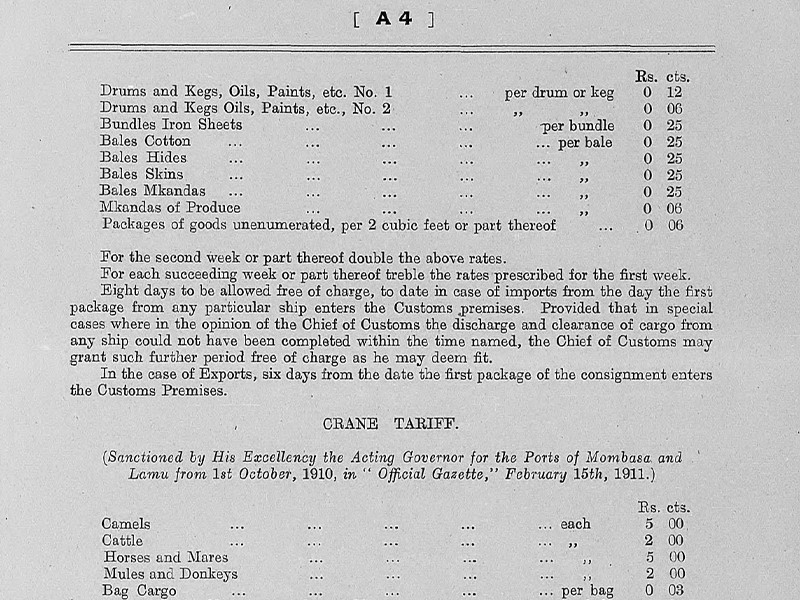
Licensed to access Kenya Blue Book 1914
Until December 1963 Kenya was a British colony. It was therefore directly affected by the outbreak of the First World War. Kenya’s involvement in the war effort is discernible from its Military Expenditure accounts dating from the start of the conflict in 1914.
Insights
The brutal division and colonisation of Africa by European powers is commonly referred to as the “Scramble for Africa”. This more or less began with the Berlin Conference of 1884–85 at which imperial claims to African territory were formalised. Between 1870 and 1914 the percentage of Africa under European control increased from ten to ninety per cent.
New African borders, drawn up by European colonisers, were largely arbitrary and exposed their architects’ lack of knowledge of local geography and ethnic composition. This meant that several communities and ethnicities found their native lands partitioned, a process with long-lasting effects.
The documents in this collection are organised by country, including: Lesotho (Basutoland), South Africa (Cape of Good Hope), Gambia (Bathurst), Ghana (Gold Coast), Kenya (East Africa Protectorate), Nigeria, Zambia (Northern Rhodesia), Malawi (Nyasaland), Sierra Leone, Zimbabwe (Southern Rhodesia), Tanzania (Tanganyika), Uganda, and Tanzania (Zanzibar).
The statistics included in these documents — population data, financial accounts, and lists of officers that served in the colonies — illuminate the history of British colonialism in Africa. These documents also contain details of trading partners and social services. Each Blue Book begins with a contents page. This aids the navigation of the books themselves.
While Zimbabwe was under colonial rule it was known as Southern Rhodesia. The Colony of Southern Rhodesia did not produce Blue Books. Alternative sources that document the range of statistics typically contained in Blue Books are published in their place.
Unlock Historical Research for Your Institution
Provide your students and researchers with direct access to unique primary sources.
Related Media


European Settler Agriculture and Exploitation of Local Labour in Colonial Africa Contextual Essays

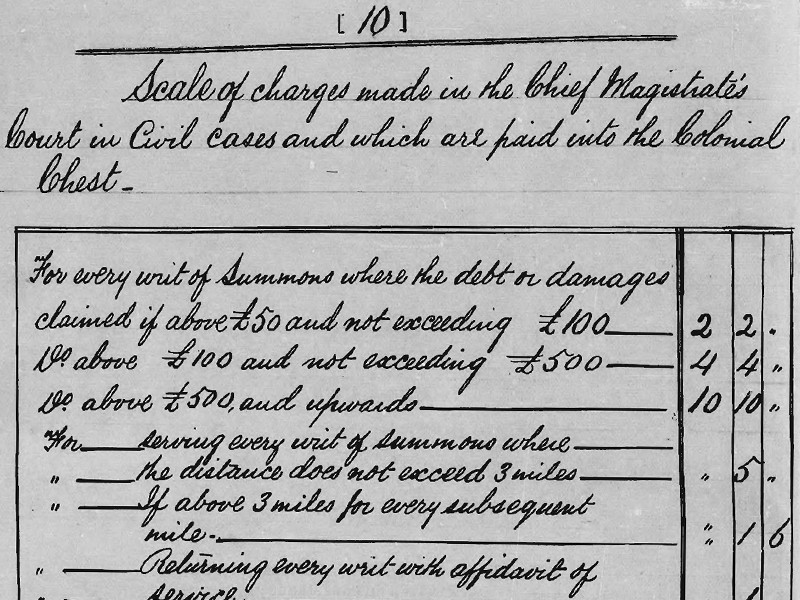
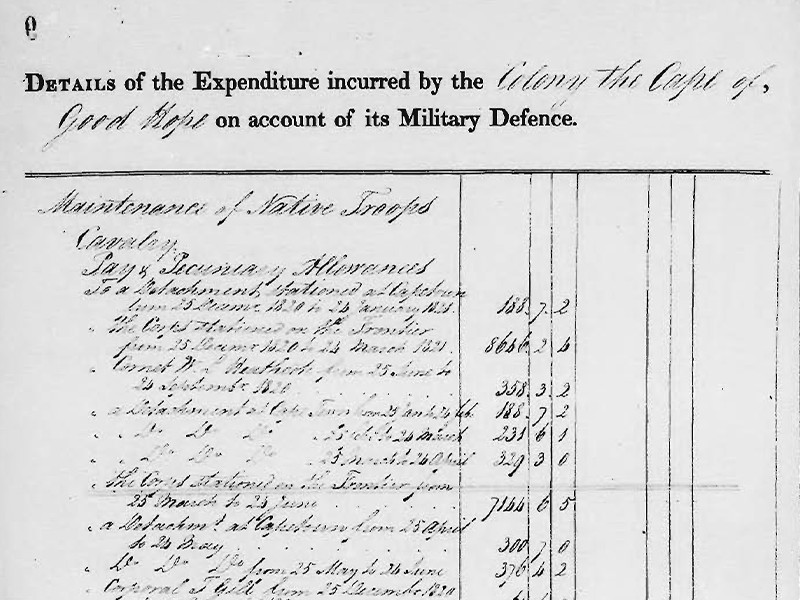
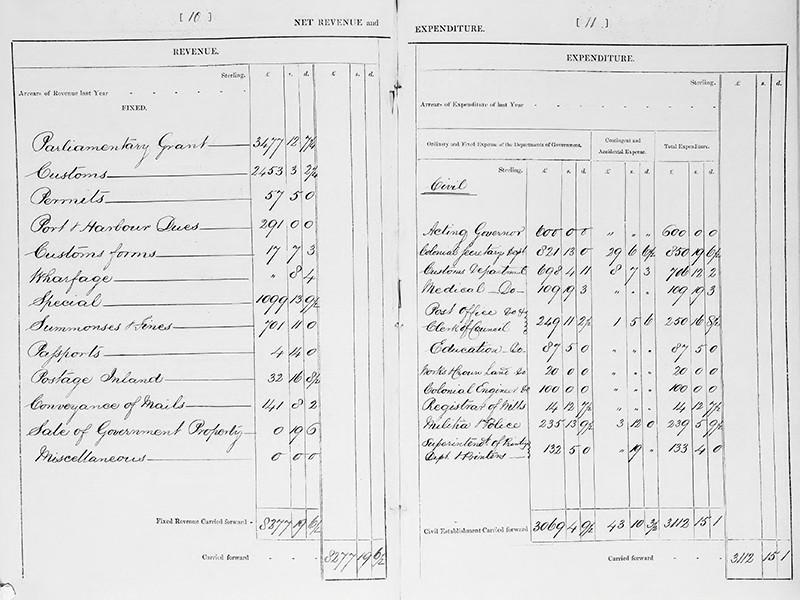
_1573848300-160x160.jpg)







